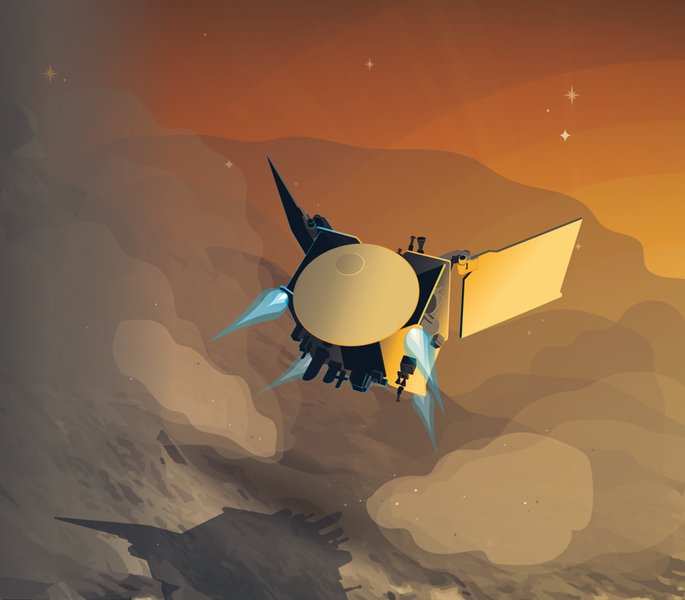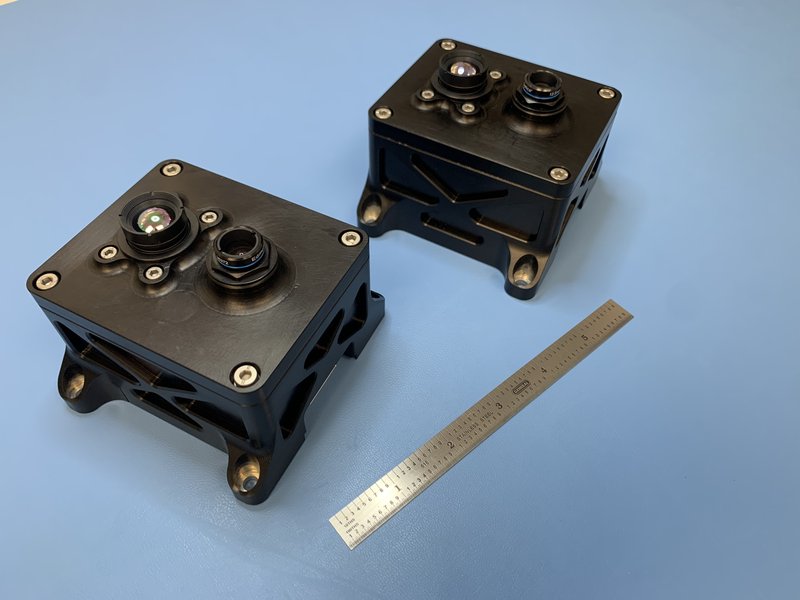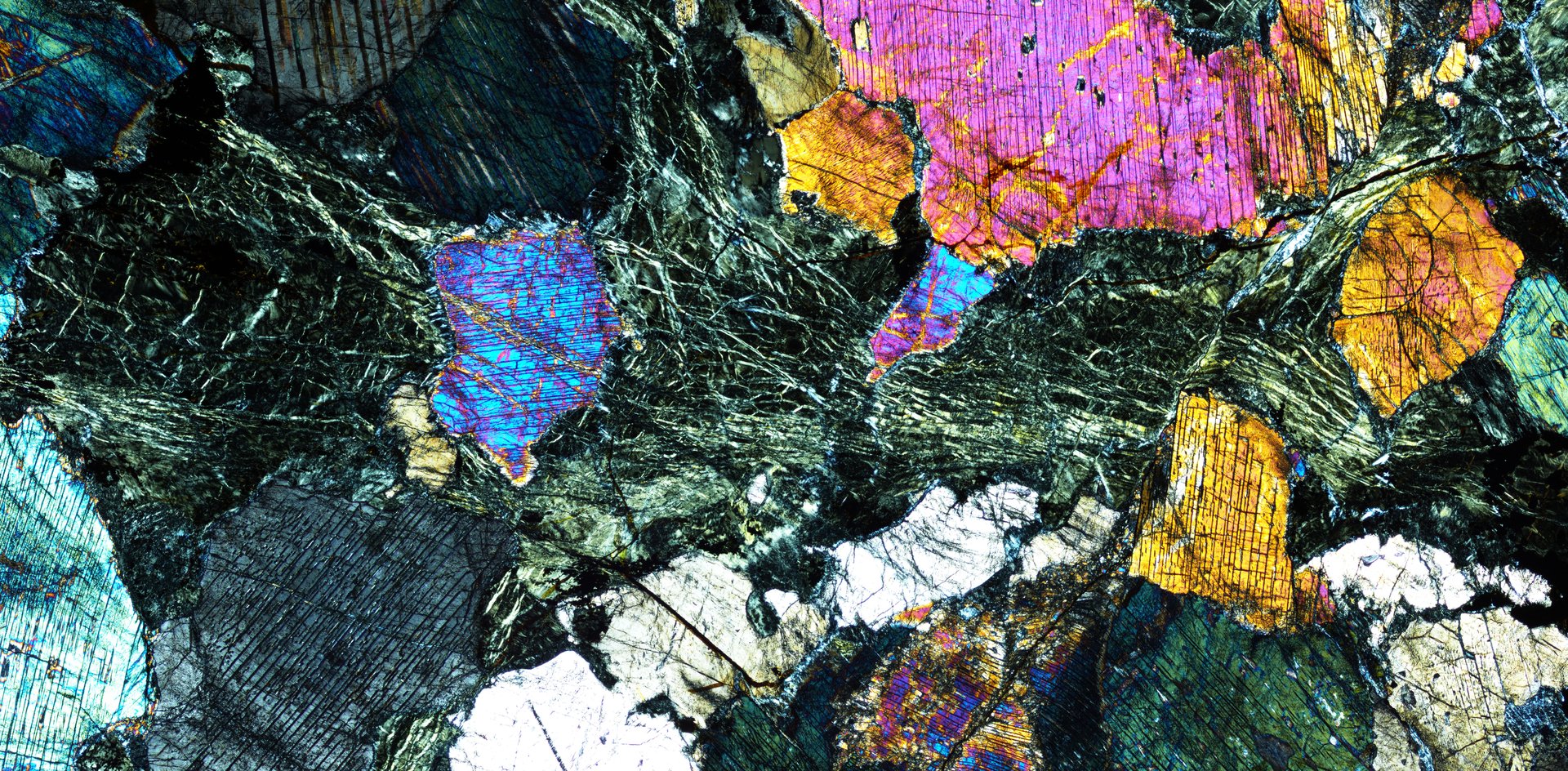About Me
I am an Assistant Research Professor in the Department of Astronomy and Planetary Science at Northern Arizona University, where I lead multiple NASA-funded research projects focused on understanding the composition and evolution of planetary surfaces throughout our Solar System. My research combines thermal infrared spectroscopy, advanced data analysis techniques, and field investigations to unravel the geological histories of asteroids, Mars, and the Moon.
I earned my Ph.D. in Geological Sciences from Arizona State University's School of Earth and Space Exploration in 2018, where I worked under Dr. Phil Christensen developing innovative approaches to interpret the petrology of planetary surfaces through remote sensing. My dissertation integrated analytical and remote sensing techniques across three complementary areas: the mineralogy and thermal metamorphism of carbonaceous meteorites including the Sutter's Mill fall, terrestrial volcanic analogs from Craters of the Moon National Monument as spectral analogs for lunar and Martian terrains, and thermodynamic modeling of Martian volcanic compositions.
As a member of the OSIRIS-REx mission team since 2010, I have played a key role in characterizing asteroid Bennu's surface composition through thermal emission spectroscopy. Currently serving as Deputy Instrument Scientist for OTES on the extended OSIRIS-APEX mission to asteroid Apophis, I lead science operations planning and thermophysical analysis efforts. My work developing improved emissivity derivation methods for rough planetary surfaces has improved our understanding of Bennu's spectral and thermophysical properties and will be crucial for understanding Apophis during its historic close approach to Earth in 2029.
My research portfolio spans multiple active NASA missions and technology development projects. As Project Manager for the VISIONS instrument on NASA's ESCAPADE mission to Mars, I oversee the development of innovative dual-wavelength imaging systems for planetary exploration. As Principal Investigator of a NASA PSTAR project, I lead field campaigns to terrestrial hot springs, developing autonomous targeting algorithms and spectroscopic techniques to identify biosignatures in silica sinter deposits—work that directly informs our search for evidence of ancient life on Mars.
Throughout my career, I have contributed to over 20 peer-reviewed publications in leading journals including Nature Astronomy, Science Advances, and Geochimica et Cosmochimica Acta. My research has been supported by over $3 million in NASA funding, enabling me to mentor the next generation of planetary scientists through support for graduate students and postdoctoral researchers. I am passionate about advancing our understanding of planetary processes through innovative spectroscopic techniques and fostering collaborative, interdisciplinary approaches to Solar System exploration.
Current Projects

OSIRIS-APEX Mission to Asteroid Apophis
Role: Co-Investigator and Deputy Instrument Scientist for OTES
OSIRIS-APEX is NASA's extended mission of the successful OSIRIS-REx spacecraft, repurposed to study the potentially hazardous asteroid (99942) Apophis. This S-type asteroid will make an exceptionally close approach to Earth on April 13, 2029, passing within 32,000 km of our planet's surface—closer than geostationary satellites. As Deputy Instrument Scientist for OTES, I lead thermal infrared spectroscopic investigations to determine Apophis's mineralogy, thermophysical properties, and surface heterogeneity.
Key Focus Areas

VISIONS Instrument on NASA's ESCAPADE Mission to Mars
Role: Project Manager and Visible Camera Calibration Lead
The Visible and Infrared Observation System (VISIONS) is a dual-wavelength imaging system aboard NASA's ESCAPADE mission, scheduled to launch to Mars in 2025. ESCAPADE consists of twin spacecraft that will orbit Mars to study the planet's magnetosphere and atmospheric escape processes. As Project Manager, I oversee the instrument's development, integration, and testing phases, while also leading calibration protocols to ensure precise photometric and radiometric measurements throughout the mission.
Key Technologies

In Situ Exploration of Terrestrial Silica Sinter Deposits
Role: Principal Investigator
This NASA-funded Planetary Science and Technology through Analog Research project investigates silica sinter deposits at terrestrial hot springs as analogs for potential biosignature-bearing deposits on Mars. Our custom instrument suite, Terra-TES and Terra-Cam, incorporates machine learning algorithms for autonomous target selection. Field campaigns at Roosevelt Hot Springs, Utah, and the Puchuldiza geothermal field in Chile provide crucial insights into spectral signatures across varying preservation states.
Research Focus
Refining Bennu's Surface Composition through Improved OTES Emissivity
Role: Principal Investigator
This NASA New Frontiers Data Analysis Program project advances our understanding of asteroid Bennu's surface composition by developing improved methods for deriving emissivity spectra from OSIRIS-REx OTES observations. Our novel constrained least squares fitting routine accounts for Bennu's unexpectedly rough surface, enabling identification of carbonates, molecular water, and fine-particulate dust previously undetectable due to spectral artifacts.
Technical Innovation
Selected Publications
Journal Articles
Diurnal and Seasonal Mapping of Martian Ices with EMIRS
Geophysical Research Letters, 2023
Evidence for limited compositional and particle size variation on asteroid (101955) Bennu from thermal infrared spectroscopy
Astronomy and Astrophysics, 2021
Effects of small crystallite size on the thermal infrared (vibrational) spectra of minerals
American Mineralogist, 2020
Conference Presentations
The VISible and Infrared ObservatioN System (VISIONS) Overview: A Low-Cost, Dual-Wavelength Imager for Planetary Science Applications
AGU 2023 Fall Meeting, Abstract P34A-09
Surface Roughness of Bennu Derived from OSIRIS-REx Thermal Emission Spectrometer Observations
Geological Society of America 2021, no. 108-12
Interpreting the Petrogenetic History of Martian Volcanic Rocks using Thermal Emission Spectroscopy and Thermodynamic Calculations of Phase Equilibria
AGU 2019 Fall Meeting, Abstract P33F-3494
Ferrobasalt from the Snake River Plain and its Utility as a Spectral Planetary Analog
AGU 2018 Fall Meeting, Abstract P51C-07
Contact
Email: ch232@nau.edu
Office: Building 19, Room 209
Address:
Department of Astronomy and Planetary Science
Northern Arizona University
527 S. Beaver St.
Flagstaff, AZ 86011

